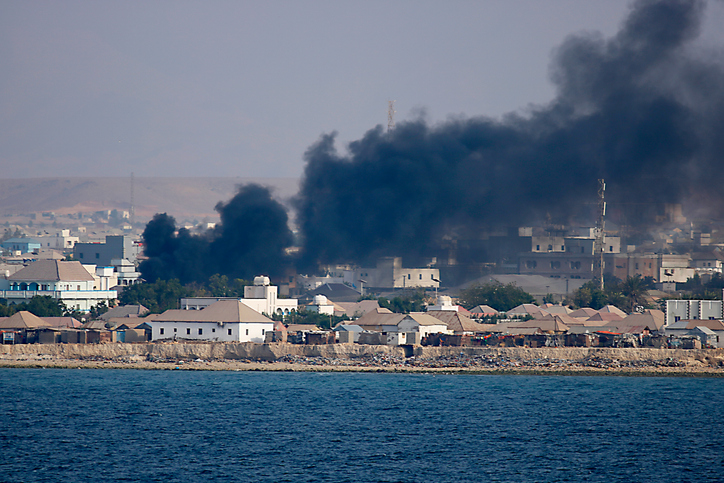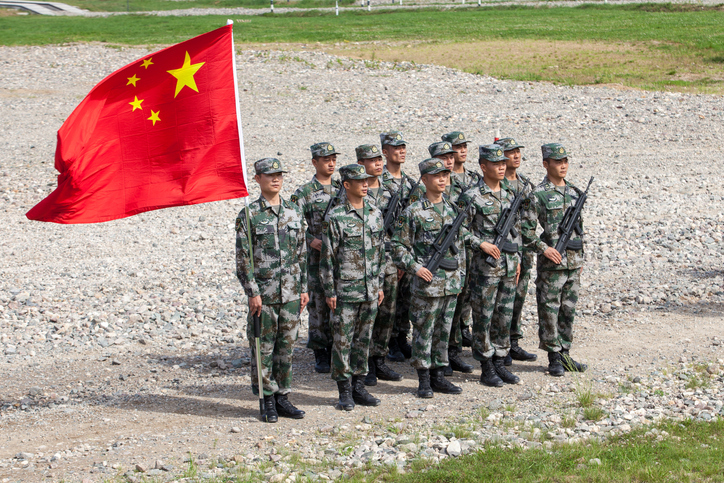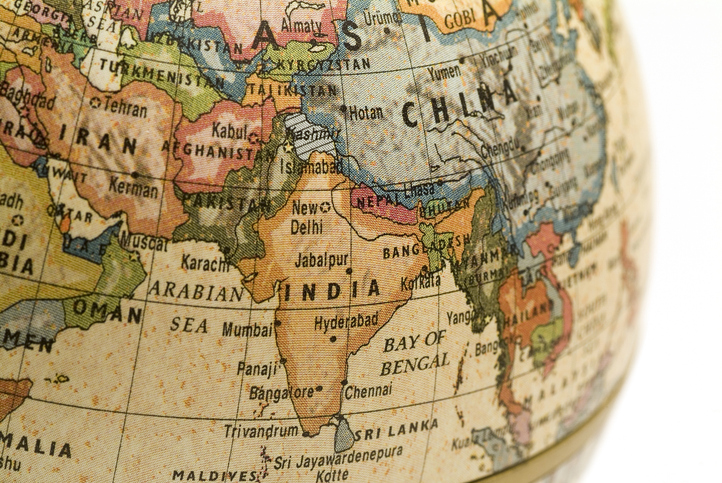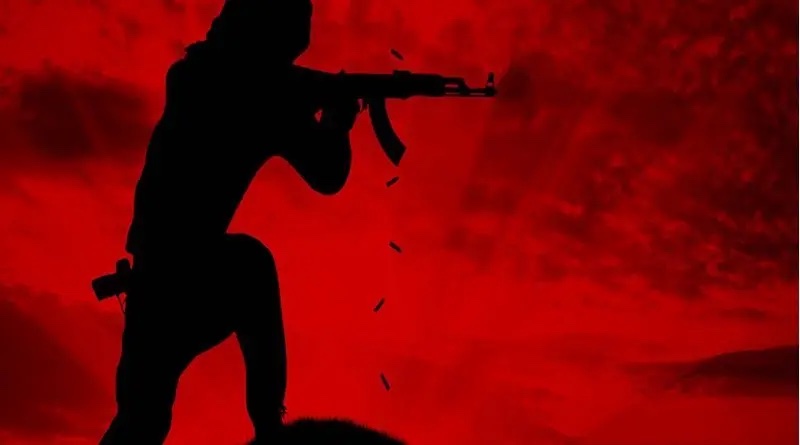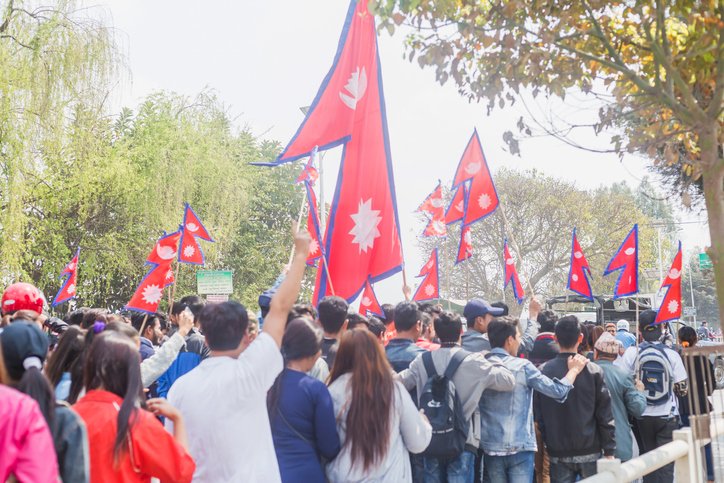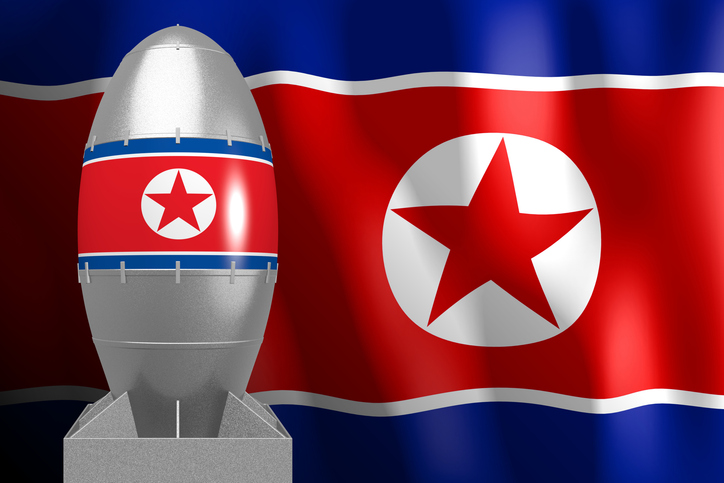
Posted On : Dec 11 2020
Al-Mulathamun Battalion: Evolution and Impact in the Sahel
The Al-Mulathamun Battalion, also known as Al-Murabitoun, has emerged as a prominent jihadist group with a complex history and a significant presence in the Sahel region of Africa.

Operating across several countries, this group has evolved through mergers, ideological shifts, and affiliations, leaving a profound impact on regional security dynamics.
Formation and Ideological Foundations
Al-Mulathamun Battalion was formed in 2013 as a result of a merger between two extremist groups: the Movement for Oneness and Jihad in West Africa (MOJWA) and the Signed-in-Blood Battalion (Katibat al-Moutassimin). The group's ideological foundation draws from radical interpretations of Islam, aiming to establish an Islamic state governed by Sharia law across the Sahel.
Activities and Notable Attacks
The group quickly gained attention for its audacious attacks, highlighting its ability to adapt and leverage the region's challenging terrain. Al-Murabitoun orchestrated numerous high-profile attacks, including the 2013 assault on the Amenas gas facility in Algeria and the 2015 attack on the Radisson Blu Hotel in Mali's capital, Bamako. These actions showcased the group's intent to target both Western interests and local security forces.
Affiliations and International Connections
Al-Murabitoun's affiliations with larger jihadist networks have further amplified its impact. The group has maintained connections with Al-Qaeda in the Islamic Maghreb (AQIM) and has been led by prominent jihadist figures such as Mokhtar Belmokhtar. These connections facilitated access to funding, weapons, and training, allowing the group to sustain its activities despite counterterrorism efforts.
Counterterrorism Responses
Regional governments and international partners have undertaken concerted efforts to counter Al-Murabitoun's influence. Joint military operations, intelligence sharing, and targeted airstrikes have sought to degrade the group's capabilities. However, the group's ability to operate across porous borders, exploit local grievances, and evolve tactically have posed significant challenges to effective counterterrorism.
Evolution and Challenges
Over time, Al-Murabitoun has experienced internal divisions, leading to splinter groups and shifts in leadership. While its strength and cohesion have been tested, the group's adaptable nature has allowed it to remain relevant. The evolving landscape of extremism in the Sahel, marked by the emergence of new jihadist groups, continues to complicate efforts to eradicate the threat posed by Al-Murabitoun.
Conclusion
The Al-Mulathamun Battalion, or Al-Murabitoun, represents a formidable force in the Sahel's security landscape. Its history of mergers, connections with larger extremist networks, and ability to carry out high-profile attacks underscore the challenges faced by regional governments and international actors. Addressing the root causes of extremism, enhancing border security, and fostering cooperation among Sahel nations will be crucial in countering the group's influence and ensuring long-term stability in the region.
No Comments Added











